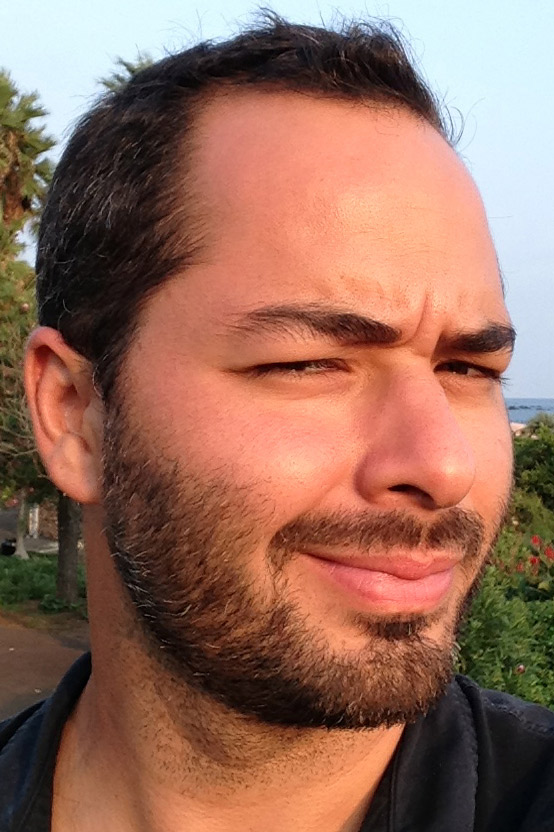

“Creator extraordinaire—with an exclamation point!” That’s how artist Tristan al-Haddad describes himself. His most recent work for the Museum of Design Atlanta is “Metro-Poly,” a large sculpture made primarily of steel beams welded into one continuous track and covered in polymer grid sheets representing the layout of a city. Nearby sit bright green blocks etched with verbs like “drive,” “live,” and “promote”; viewers are encouraged to group them on the grid. The interactive nature of the piece is designed to spark ideas of what a “healthy city” means.
“Metro-Poly” is part of a larger MODA exhibit, “Design for Healthy Living” (through August 16), which highlights how structures and neighborhoods across the U.S. can promote better well-being among residents. In a recent sit-down with al-Haddad, we discussed the development of the piece, how it relates to the city of Atlanta, and what “creator extraordinaire” really means.
What was the inspiration for this new piece?
MODA came to me, and they said they wanted to do this show about health and the city and what does all that mean. The piece, which we’re calling Metro-poly, is a play on words. Obviously there’s polis, which in Greek means “the city,” but also there’s this play on monopoly, this idea of a game space, because cities are really kind of about a gaming condition where it’s about chance and choice. And what makes cities fun is this kind of constant animation, constant interaction.

This exhibit is all about healthful living in city design. How does your artwork fit in with that?
For me, health wasn’t purely an idea about the body’s health; it’s also about the mental and emotional health of being engaged and having an active mind. And so I think it’s really all about the interactive [nature of the piece] that allows us to imagine how we can constantly recreate the city.
The exhibit also focuses on the BeltLine. How does your work reflect that kind of project?
In some ways I would say it’s a reflection on the idea of the BeltLine as something that is continuous, connected. And the BeltLine really is one of the most exciting projects in the city right now because of the way in which it’s gonna create connectivity across all these different spaces.
You’re also a professor at Georgia Tech. Does that translate into your work as an artist?
No question about it. I like to distinguish as little as possible [between] the different domains of architecture, art, academia. I see those three domains as informing each other, so they’re very symbiotic. I learn as much from the students as they learn from me.
You said you prefer to call yourself a “creator extraordinaire” rather than an artist or an architect. Why is that?
It’s a little cheeky, but you gotta have a sense of humor. I take what I do very seriously, but you gotta have humor in design, in art, in academia, in research, in life.













